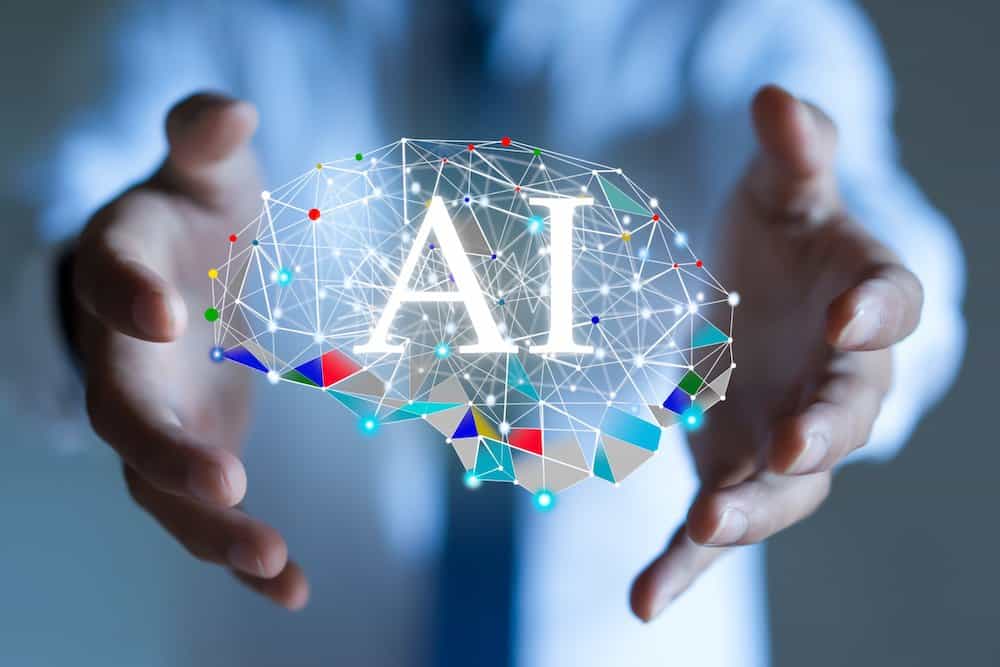Pathology is a cornerstone of healthcare, serving as the foundation of diagnosis and treatment across large hospitals and small clinics alike. The role of a pathologist, to examine tissue samples, uncover clinical insights and ultimately provide a diagnosis to the clinical team, enables early detection, treatment initiation and even personalization of certain therapies.
However, the field of pathology is facing a global crisis, with a pronounced shortage of pathologists in Europe and the United States and a continuous increase in cancer incidence worldwide
As if these issues weren’t severe enough, for diseases like cancer that progress in severity with time and cause intense emotional distress to the patient, the need for accurate and rapid diagnosis is crucial.
Behind every cancer diagnosis is an expert pathologist whose clinical report will guide treatment decisions. As such, this combination of fewer pathologists and more slides to review – given the increase in cancer incidence – has led to unmanageable heavy workloads for pathologists. As additional subtypes of cancer are identified and more diagnostic assessments are made available, pathologists find themselves analyzing more biopsies that are increasingly more complex. Inundated with cases with reduced staff to support, pathologists face burnout and fatigue, which can contribute to delays in diagnosis and even impact diagnostic accuracy. These delays in diagnosis negatively affect patients’ emotional states as their stress compounds the longer they wait for answers while misdiagnosis can significantly impact treatment and even survival.
Fortunately, artificial intelligence (AI), a technology already being integrated into various aspects of healthcare, is perfectly suited to assist in the field of pathology. With AI’s ability to analyze digital images and identify specific characteristics it has been trained to recognize, it is a natural asset to pathologists whose role consists of analyzing tissue biopsies and identifying cancerous regions and other clinically relevant features.
AI in Pathology
Introducing AI-powered algorithms into pathology is akin to installing Microsoft Word, with all its functionality, on a computer that previously only had the simplistic Notepad app capable only of recording typed words. AI integration into pathology workflows helps pathologists improve their diagnostic efficiency and accuracy by assisting them in a variety of tasks.
One of the primary features that AI offers is the ability to flag cancerous tissue regions on digitized slides with high accuracy prior to the pathologist’s review. This allows pathologists to quickly evaluate all slides comprising the case with much of the necessary information for diagnosis such as cancerous regions, insights on the tumor grading and subtype pre-marked. This helps pathologists prioritize their worklists, quickly complete diagnostic reports and spend their valuable time analyzing difficult and rare cases. AI can also assist in performing time-consuming and manual tasks such as counting cells and quantifying biomarkers, and provide pathologists with a more intuitive and friendly user experience. Since AI tools are also untiring and objective, using them as part of routine practice to pre-flag cancerous regions or function as a system of quality control can reduce the risk of human error and streamline diagnosis.
Finally, interoperable AI, based on open platforms and APIs, allows for AI algorithms to be integrated into image management and laboratory information systems (IMS/LIS), further streamlining pathologists’ work and considerably increasing the benefits of digitization in pathology.
In order for these machine learning algorithms to be as effective as possible, they must be trained like pathology residents. Expert pathologists from various specialties must be included in the development process of AI tools, creating an objective and automated digital assistant that combines the expertise of a wide range of pathology sub-specialties for labs to use.
Studies have shown that AI algorithms can detect tumors that pathologists have missed, improving the overall quality of diagnosis when used by pathologists for decision support. Additional studies have found that some pathologists using AI work twice as fast as pathologists who diagnose cases manually, helping labs cope with growing workloads and case complexity. AI has also been shown to improve operational efficiencies and reduce costs at the lab and health-system level.
Harnessing the Power of AI
As the science of cancer evolves and we develop a greater understanding of the inherent complexity in cancer subtypes, maintaining consistency in diagnostics becomes more and more challenging. Thus, the more objective results that can be achieved by pathologists working with AI should lead to more accurate diagnosis and improved patient care. As time goes on, more AI algorithms are being trained on large pathology datasets to enable detection of cancer morphologies in new tissue types and to support pathologists in the quantification of additional biomarkers. This facilitates a personal and more targeted treatment with drugs that have been approved in recent years.
The digitization and adoption of AI solutions in pathology are transforming cancer diagnosis and patient care, a mission requiring team effort from pathologists and other stakeholders in the field of diagnostics and at the health system level. Similar teamwork is necessary between technology innovators and those in the field of pathology, as AI is not a replacement for pathologists; it’s poised to be their very best friend.

Chaim Linhart
Chaim Linhart is the CTO and Co-founder of Ibex Medical Analytics. With a Ph.D from Tel Aviv University in computer science and over 20 years working in the industry, Chaim is an expert on the development and use of computer science and machine learning.







